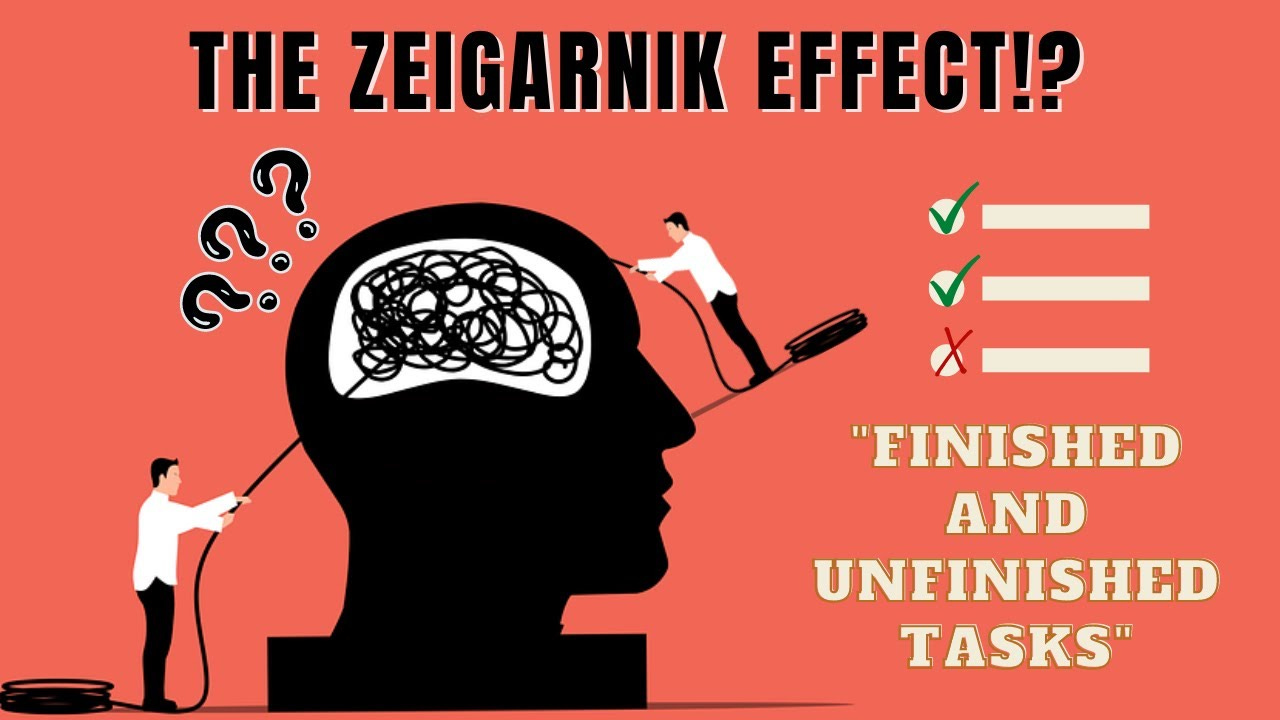Sprint 43 :: The Psychology of Product Adoption - Nudging Users Toward 'Aha' Moments
As a Product Manager, one of your most significant challenges is to ensure that users not only adopt your product but also continue to engage with it over time. In the ever-evolving world of product management, understanding the psychology of user behavior is crucial for achieving this goal. This article delves into behavioral psychology principles and explores how they can be applied to product design and onboarding experiences. Let's unravel the secrets of creating those "aha" moments that keep users coming back for more, and discover the psychology behind habit formation and product addiction.
The Quest for 'Aha' Moments
Every product manager's dream is to have users experience that magical 'aha' moment—the instant when they realize the value and potential of your product. Achieving this moment of epiphany requires a deep understanding of human behavior and psychology. Let's explore how you can leverage psychology to guide users towards this pivotal experience.
1. Embrace the Power of Cognitive Ease
Cognitive ease refers to the mental effort required to process information. In product design and onboarding, strive to minimize cognitive load by keeping interfaces simple and intuitive. Humans are naturally drawn to what is easy and familiar. Ensure that your user interface and initial interactions are user-friendly and straightforward, reducing the barriers to entry.
2. Use the Zeigarnik Effect
The Zeigarnik Effect is a psychological phenomenon where people tend to remember uncompleted or interrupted tasks more than completed ones. Harness this principle by introducing users to your product with a small, incomplete task. For example, a to-do list app might prepopulate a user's list with one task, sparking curiosity and motivating them to complete it.
3. Leverage the Power of Social Proof
People often look to others for guidance, especially in unfamiliar situations. Use social proof to nudge users towards 'aha' moments. Highlight testimonials, success stories, or user-generated content that showcases how others have benefited from your product. When users see that their peers have experienced success, they are more likely to explore further.
4. Employ Gamification Techniques
Gamification taps into our innate desire for achievement and recognition. Incorporate elements such as badges, points, or leaderboards to encourage users to explore your product. Reward them for taking specific actions or achieving milestones, guiding them toward 'aha' moments while making the journey enjoyable.
5. Create a Sense of Progression
Human brains are wired to seek progress and completion. Use this knowledge to structure your user onboarding in a way that provides a clear path to mastery. Divide complex tasks into smaller, achievable steps, providing users with a sense of accomplishment along the way.
6. Harness the Power of Personalization
Tailor user experiences based on individual preferences and behaviors. Use data-driven insights to offer personalized recommendations and content. When users feel that a product understands and caters to their needs, they are more likely to engage deeply and experience 'aha' moments.
7. Encourage Reciprocity
Reciprocity is a psychological principle where people tend to respond positively to kind gestures. Offer users something of value upfront, such as free resources, exclusive content, or discounts. When users receive something valuable without an immediate ask in return, they are more likely to reciprocate by exploring your product further.
The Path to Habit Formation and Product Addiction
Creating 'aha' moments is just the beginning. To ensure sustained engagement and long-term success, aim to transform these moments into habits. Habit formation relies on consistent, positive reinforcement. Continue to provide value, feedback, and opportunities for growth to keep users hooked.
In conclusion, understanding the psychology of user behavior is paramount in guiding users toward those elusive 'aha' moments that lead to product adoption and long-term engagement. By applying principles like cognitive ease, the Zeigarnik Effect, social proof, and gamification, you can design onboarding experiences that captivate users from the start. Moreover, by fostering a sense of progression, personalization, and reciprocity, you can pave the way for habit formation and product addiction, ensuring your product remains an indispensable part of users' lives. Stay ahead of the curve by embracing these psychological insights and drive innovation in your organization's product management strategy.
The Product Land ⛰️
Wanna know more? Stay tuned and subscribe for the next sprints! ☟
And also.. get in touch with us if you want to! 🌐






